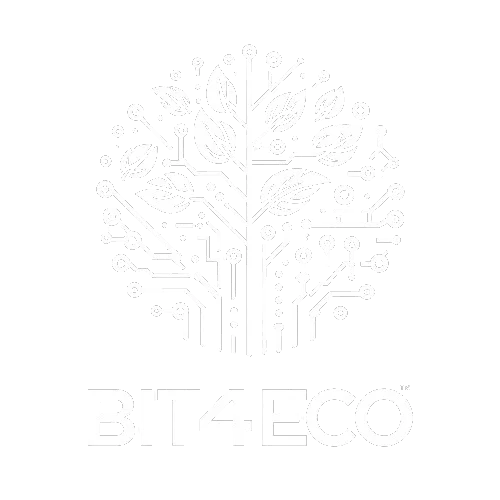Blockchain is an innovative technology that initially emerged as the foundation for cryptocurrencies like Bitcoin, but it now has a wide range of applications across various sectors. Essentially, it is a decentralized and distributed digital ledger that records transactions securely, transparently, and immutably. Here’s a detailed explanation of what it is, how it works, and its functionalities.
What is Blockchain?
Blockchain is composed of a series of blocks that are interlinked, with each block containing a set of information (typically transactions). These blocks are organized chronologically and are connected to each other using cryptography, forming a continuous chain — hence, the term “blockchain.”
– Block: Each block in the chain contains a number of verified transactions, as well as a “hash” (a unique code generated from the block’s information) and the “hash” of the previous block.
– Hash: This is a cryptographic function that generates a unique code based on the block’s information. If any information in the block changes, the hash changes as well, ensuring the integrity of the data.
How does Blockchain work?
The blockchain operates based on three fundamental principles:
1. Decentralization: Unlike traditional systems that rely on a central authority (such as a bank or government), blockchain operates on a distributed network of computers (nodes). Each node in the network has a copy of the blockchain, and updates (new blocks) can only be added if the majority of nodes agree (through a process known as “consensus”).
2. Transparency: All transactions are visible to all participants in the network. This doesn’t mean that personal data is exposed, as the identities of the parties involved are masked by cryptographic keys, ensuring anonymity.
3. Immutability: Once a block is added to the blockchain, it cannot be altered or deleted without invalidating the subsequent blocks. This happens because each block contains the hash of the previous block, and any change in the history would alter the entire sequence, which the network would immediately detect.
Step-by-step of how blockchain works:
1. Transaction initiation: A person requests a transaction (e.g., sending cryptocurrencies).
2. Transaction verification: The transaction is broadcast to a network of distributed computers (nodes) around the world.
3. Consensus process: The nodes use a consensus algorithm (such as Proof of Work or Proof of Stake) to verify the validity of the transaction. This process ensures the transaction is legitimate and that the sender has the correct amount of funds.
4. Block creation: Once validated, the transaction is added to a block, which also contains other transactions and the hash of the previous block.
5. Chain linkage: The new block is added to the existing blockchain.
6. Transaction completion: The transaction is finalized, and the update is transmitted to all nodes in the network.
Blockchain Functionality
1. Security: Blockchain uses advanced cryptography to ensure that transactions and data are protected from tampering and fraud. Decentralization also prevents attacks on a single point of failure.
2. Transparency and Immutability: Once transactions are recorded on the blockchain, they are virtually impossible to alter. This increases trust in the system, as all parties can audit the transaction history.
3. Reduction of Intermediaries: In many industries, blockchain can replace intermediaries (such as banks, notaries, etc.), reducing costs and increasing efficiency. For example, in financial transactions, transfers can be made directly between parties without needing a banking intermediary.
4. Decentralization and Trust: Instead of relying on a single centralized authority, blockchain allows users to trust the protocol and the network of nodes to verify and validate transactions. This is particularly useful in scenarios where trust in centralized authorities might be questioned.
5. Automation with Smart Contracts: Smart contracts are programmable contracts that automatically execute agreed terms when specific conditions are met. This eliminates the need for legal or financial intermediaries in many transactions.
6. Diverse Applications: Although blockchain started with cryptocurrencies, it is now used in various sectors:
– Finance: Beyond cryptocurrencies, it allows asset tokenization, smart contracts, and optimizes international transfers.
– Supply Chain: It facilitates tracking products from the point of origin to the final destination, ensuring authenticity and transparency.
– Healthcare: Helps in the secure management of medical records.
– Digital Voting: Ensures secure and transparent elections.
– Public Records: Registers and validates property titles, patents, and other documents.
Conclusion
Blockchain is a revolutionary technology with the potential to transform a wide range of industries. It offers a new way to record and validate transactions, eliminating intermediaries, increasing transparency, and strengthening data security. Its functionalities go beyond cryptocurrencies, impacting areas such as logistics, healthcare, voting, and much more, making it one of the pillars of future technological innovations.



